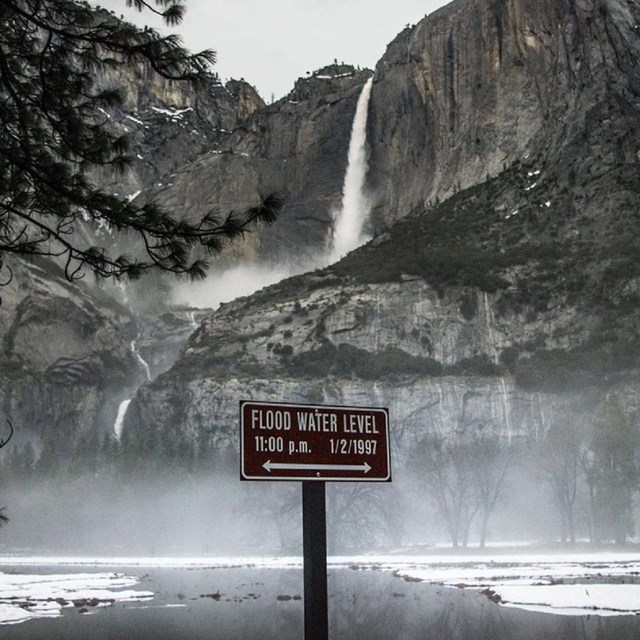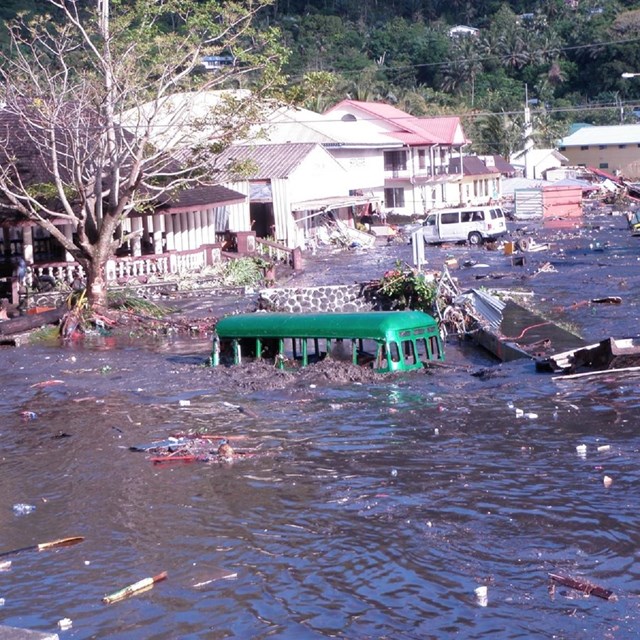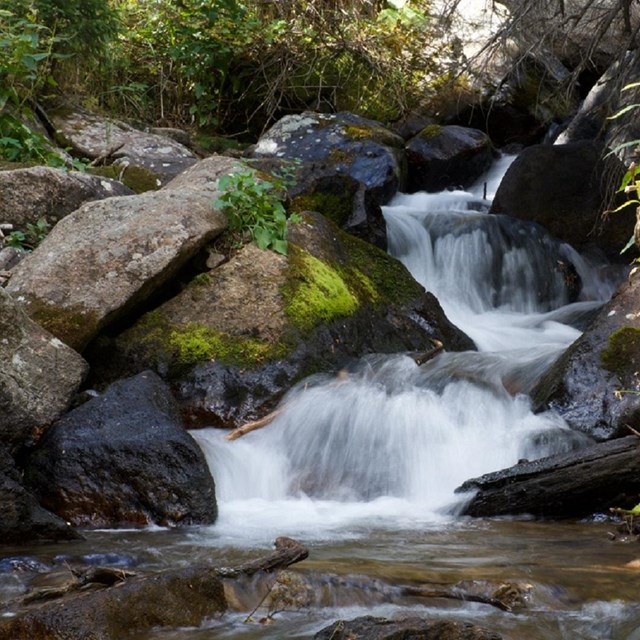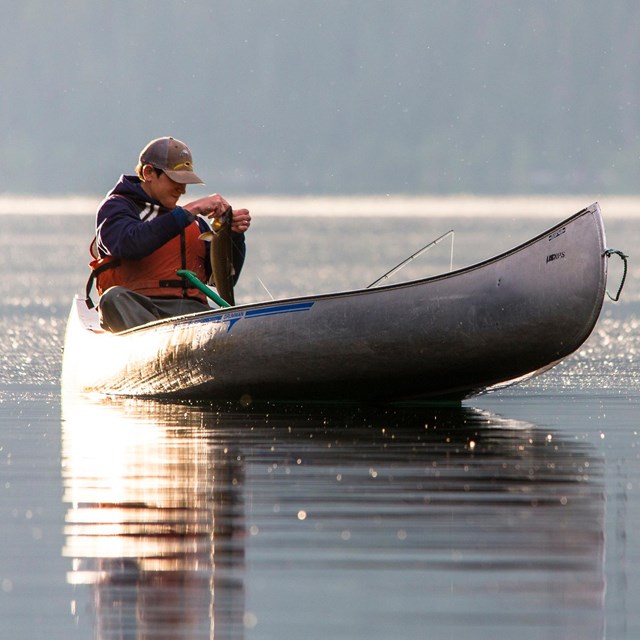Have you ever wondered what it means when you hear “natural” water? Isn’t all water natural?
Natural water refers to streams, rivers, lakes, and oceans that occur naturally or are man-made (example: lakes that are formed by rivers with dams). Another common name used for it is open water.
Whenever recreating in, on, or around natural waters, always keep these tips in mind:
- Find out what water activities are available at the park
- Wear a life jacket
- Designate a “Water Watcher” to supervise children, inexperienced swimmers, and those who cannot swim even in lifeguarded areas
- Check the weather and water conditions
- Recreate near a lifeguard when one is present
Natural water is very different from swimming pools. Learn more about 5 common hazards in natural waters and find out how you can reduce the risk of drowning when recreating in, on, or around water.
Currents are difficult to swim in, even for an experienced swimmer. They can tire you out and make it difficult to get back to shore. Currents can also move you downstream or further out into the ocean very quickly.
When recreating in a natural body of water:
- Find out where to swim on nps.gov or ask a Ranger when you arrive at the park
- Find out if there are any safety warnings related to currents and water levels
- Always wear a life jacket
- Don’t fight the current
- Swim parallel to shore if caught in a rip current
- Swim across a strong river current to reach shore
Distance across water can be very deceptive. Not only is the distance greater than it looks, but you will also have to swim against strong currents and even waves before you get there. Swimmers, even experienced ones, quickly become tired and are unable to swim back to shore. The likelihood of drowning increases, especially if you are not wearing a life jacket to help keep you afloat. It can take time for rescuers to arrive.
When recreating in rivers and lakes:
- Stay close to shore
- Don’t swim to rocks or other formations in the middle of the water or to the opposite shore
- Always wear a life jacket
Many of the natural bodies of water in national parks can be colder than 80°Fahrenheit (F), even in summertime. Some stay below 50°F even in July.You might be thinking “Isn’t 80°F very warm?”. When applied to air temperature yes, it is very warm. But your body does not experience water temperature the same way it experiences air temperature.
You can feel the effects of cold water starting at 77°F. Swimming in water colder than 70°F lowers your body temperature and can lead cold shock. Cold shock makes it difficult for you to breath and swim. Cold water can even lead to drowning if rescue does not happen quickly.
If you decide to recreate in cold water:
- Check water temperatures before entering the water
- Always wear a life jacket
- Wear a wet suit or a dry suit, depending on your activity
- Limit your time in the water
When recreating in a natural body of water:
- Find out where to swim on nps.gov or ask a Ranger when you arrive at the park
- Always wear a life jacket
- Designate a “Water Watcher” to supervise children, inexperienced swimmers, and those who cannot swim even in lifeguarded areas
When recreating in a natural body of water:
- Find out where to swim on nps.gov or ask a Ranger when you arrive at the park
- Always wear a life jacket
Additional information can be found on swimming in our article on Go for a Swim in a Park. Read on to learn more about water hazards in parks...
-
 Swift Water
Swift WaterLearn about water hazards, temperature and currents
-
 Rip Currrents
Rip CurrrentsLearn how to break the grip of the rip!
-
 Flash Floods
Flash FloodsTurn Around, Don't Drown
-
 Tsunamis
TsunamisKnow what to do in the event of a tsunami
-
 Water-Borne Disease
Water-Borne DiseaseLearn more about water-borne disease
-
 Life Jackets
Life JacketsAlways Wear a Life Jacket
Last updated: May 3, 2024
